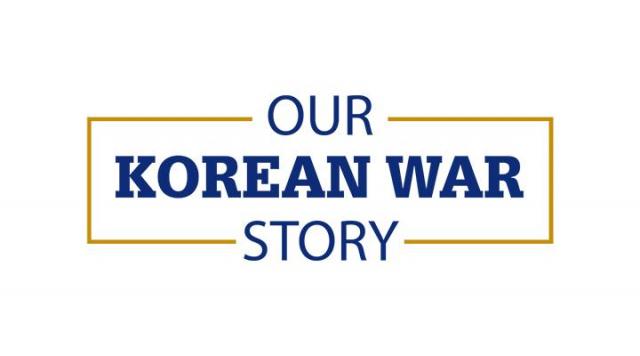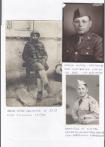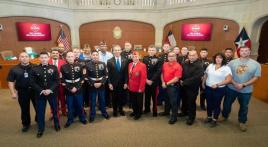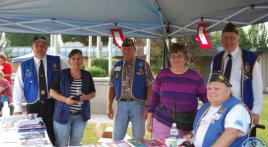it was Sept 11, 1951. I was a Cpl. in Charlie Co of 1-7; this day turned out to be the worst day of my life. The company had moved out in a column for a night assault on the right side of Hill 673. As we moved forward we could hear expositions; we assumed we were receiving incoming mortar fire. After a couple hours of still more explosions, we discovered we were in the middle of a minefield. The company commander had the company do an about-face and start reversing our direction. We were trying to walk out keeping as far apart as possible without losing sight of the man in front of us, while walking in total darkness and trying to walk in his footsteps. It was then when we started to receive incoming enemy mortar fire. It was slow and nerve-racking carrying our dead and wounded through this minefield, while receiving incoming fire and being unable to protect ourselves by hitting the deck.
We arrived back at our jumping-off point at the base of the hill at about 0600 and were able to get in a few catnaps. Shortly after it was decided to consolidate the battalion and launch an attack on the objective at 0800. As we jumped off we had Marine Corsairs coming in over our heads strafing in front of us; the hot brass from each strafing run fell on our heads burning the back of our necks. The only officer I took note of was Eddie LeBarron, who had been a professional football quarterback and was respected and looked up to by all the men.
Normally I did not wear a helmet, but now I threw away my carbine and picked up a BAR and a helmet. The previous owner of the helmet had been killed; it was the following morning before I noticed that shrapnel had penetrated the camouflaged cover and there was blood on the inside of the helmet. Sure glad it was not mine.
At one time I was thinking about turning around and heading back, but I looked back and their machine guns had dug their holes so deep they couldn't see that they were firing behind us. I liked to think we were receiving overhead fire, shoulder high. I made a fast decision: if I was going to get hit, it was not going to be by friendly fire.
As I was running up the hill, I stopped for a trip wire when another Marine came running up beside me. I hollered "Trip Wire!" He stopped, took a look at it then proceeded to run through it. When the explosion went off, he stopped and stood up in all the carnage, then dropped his trousers. When he saw nothing was missing he pulled up his trousers and continued up the hill.
As I approached the top of the hill I threw a grenade into a bunker as one came flying out. I was lucky the Chi Com grenades were inferior to our MK-2's. During the assault grenades were our most effective weapons. I received a lot of shrapnel and had some blood coming out of my nose and ears, but this time I would not let the corpsman medevac me to the aid station. We were on the crest of the hill at dusk and it was secure. We set up a 360-degree defense for the night and reassembled with our companies the following day.
The battalion had 19 KIAs and at least 250 wounded in action (WIA). C/1/7 had 5 KIAs. Enemy losses were 30 confirmed KI's and 22 prisoners. This was the last big offensive of the Korean War for the 1st Marine Division. After this operation we started the trench warfare.
I received a surprise some six months later when i was awarded the Purple Heart at a parade in Washington, D.C., for the wounds I received in the assault on Hill 673. In 1968 I received my second Purple Heart for wounds received in a rocket attack at Dong Ha, Vietnam.
I ended up serving 30 years in the Marine Corps and retired in 1979 as a captain. Besides Korea, I served in Cuba during the missile crisis in 1962 and three tours in Vietnam.

The worst day of my life
147 - Clovis, CA
May 7, 2022
Post:
147
Submitted by:
W.C. Helton




